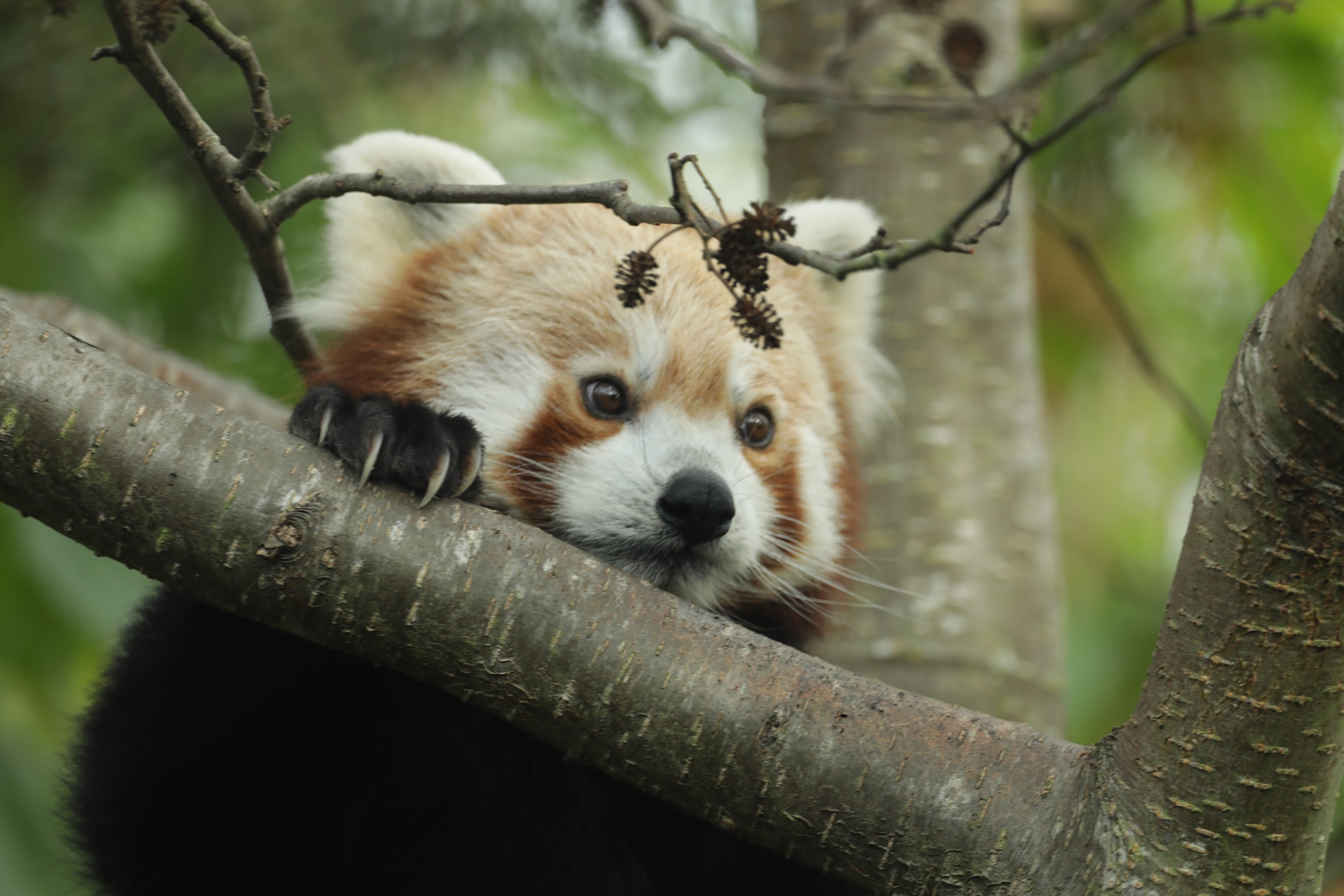A modern zoo’s role in conservation
Posted 19 Mar 2019
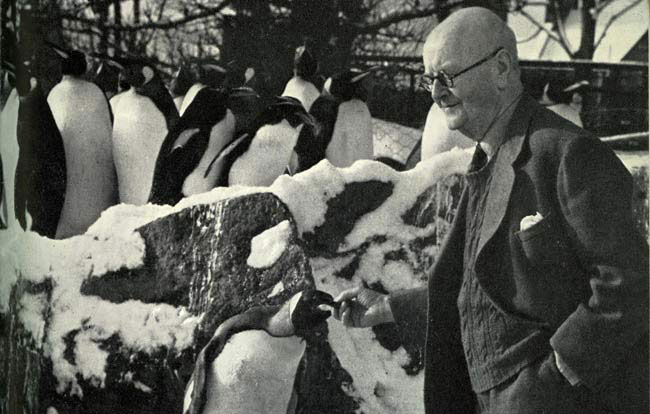
As we celebrate our one hundred and tenth anniversary this week, it is tempting to wonder whether even he could have imagined the impact RZSS would one day have in protecting vulnerable and endangered wildlife around the world.
A lawyer with a passion for zoology, Thomas opened Edinburgh Zoo in the summer of 1913 with support from the city council, four years after the Society was formed. Millions of visitors have since passed through our doors, captivated by the incredible species in our care and learning about the ever-increasing challenges they face in the wild, principally from climate change, habitat loss, pollution, disease and hunting.
Today, there is another dimension to our work and a story we must tell – the role of modern zoos in protecting wildlife in their natural environments. Progressive, reputable zoos have become a powerful force for conservation, with their reach and influence extending far beyond their physical boundaries.
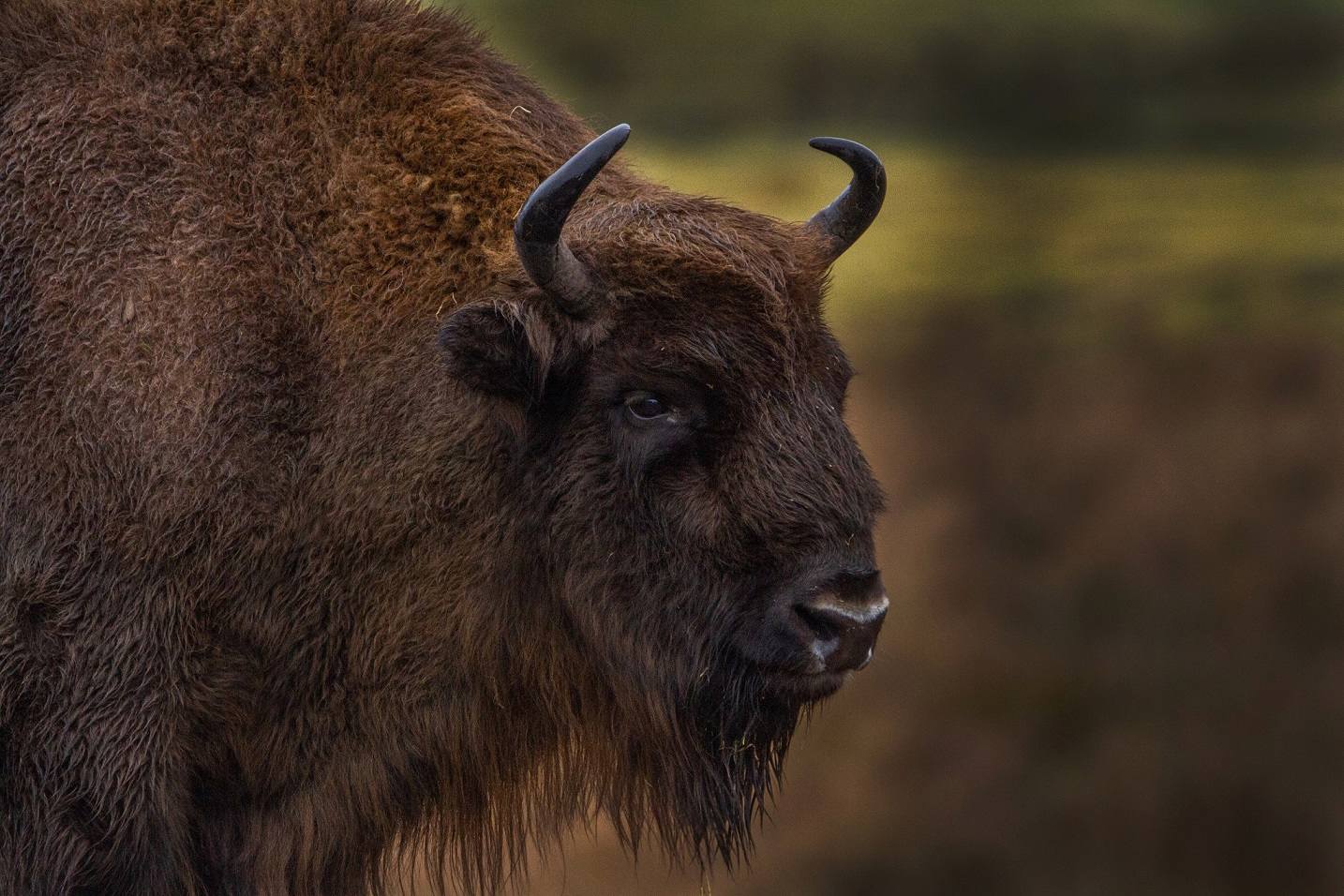
RZSS, which welcomed Highland Wildlife Park into its family in the nineteen-eighties, is a member of BIAZA, the British and Irish Association of Zoos and Aquariums. Combined, BIAZA members contributed more than £24 million to conservation across the globe in 2017, supporting over 800 projects in the field.
Many BIAZA members are charities, including RZSS. Every visit to Edinburgh Zoo and Highland Wildlife Park helps to fund our pioneering conservation research and science around the world. We work to protect chimpanzees in Uganda, giant armadillos in the Brazilian Pantanal, the Pallas’ cat in Central Asia, partula snails in Tahiti, Northern rockhopper penguins in the South Atlantic Ocean and many other species, of course including giant pandas.
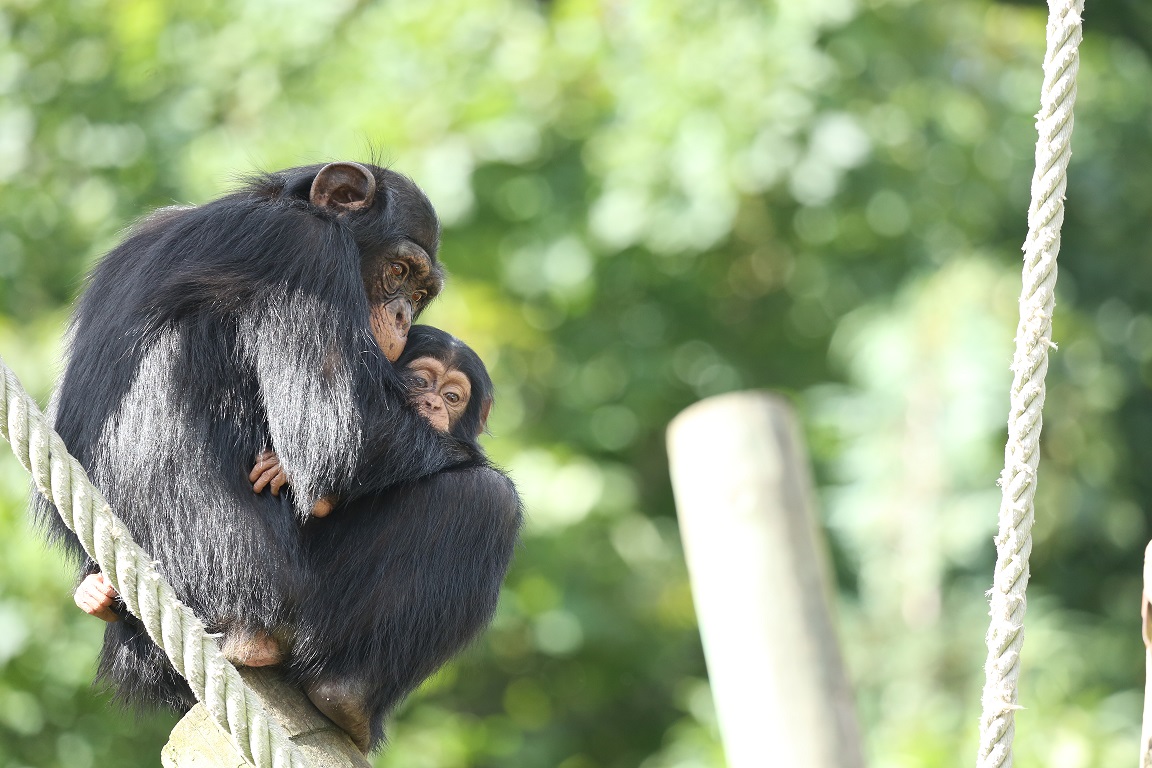
We also focus on native species here in Scotland, where we are at the forefront of efforts to save the pine hoverfly, reinforce wild populations of the pond mud snail and reintroduce the beaver, which was hunted to extinction more than 400 years ago.
The Scottish Government’s recent announcement that beavers will have legal protection from 1 May was a major milestone for RZSS which followed many years of work with our partners, including the Scottish Wildlife Trust. The return of beavers as part of our natural ecosystem will set an example both within Scotland and internationally for species reintroduction and conservation best practice.
Our expertise in species recovery will also be vital in our work with Scottish Wildcat Action partners to help save Scotland’s wildcat from extinction in the wild. RZSS research has demonstrated the extent of hybridisation with feral cats, confirming the wild-living population is no longer viable on its own. This means the fate of the ‘Highland tiger’ may rest on the breeding programme we are leading, with captive-born wildcats potentially being introduced to the wild and plans being developed for an RZSS National Wildlife Reintroduction Centre at our Highland Wildlife Park.
Responsibility for the survival of species often rests in the hands of zoos. For example, our wildlife park, near Aviemore, cares for and breeds Przewalski’s horses and European bison, both of which were once extinct in the wild but are now being returned thanks to co-ordinated breeding programmes.
Our work in Scotland and overseas is supported by ground-breaking genetic and genomic scientific research which takes place in our WildGenes laboratory at Edinburgh Zoo. One of only three of its kind in Europe, the laboratory is playing a crucial role in conservation internationally.
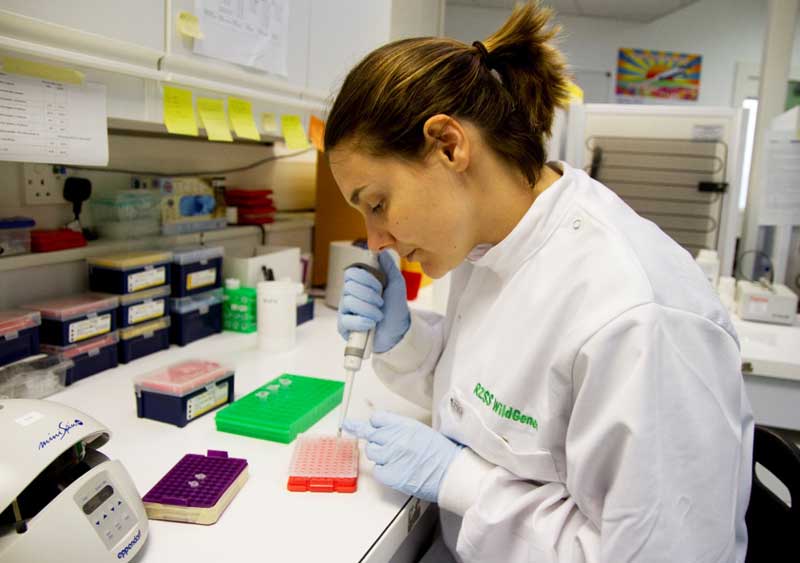
This includes working with partners to help combat the illegal ivory trade in Cambodia, which has grown despite there being no evidence of poaching in its wild elephant population. Through DNA sampling, we can identify which country the ivory has come from and assist enforcement agencies in blocking trade routes. We are also able to help our partners in Cambodia develop the skills to perform these techniques themselves.
All of this work reflects the evolution of the zoological community, with collaboration across borders and among conservation organisations focused on safeguarding a natural world under enormous threat.
As our planet’s rich biodiversity declines at an alarming rate, modern-day zoos and wildlife conservation charities such as RZSS are more relevant than ever before. We are in a unique position to provide a safe haven for threatened species, protect animals in the wild, foster deep and lasting connections with nature and inspire the conservationists of the future.
These are the many roles of the Royal Zoological Society of Scotland today. Thomas Gillespie would have approved.
You can help fund the RZSS National Wildlife Reintroduction Centre by making a donation at www.rzss.org.uk/wildcats

